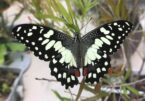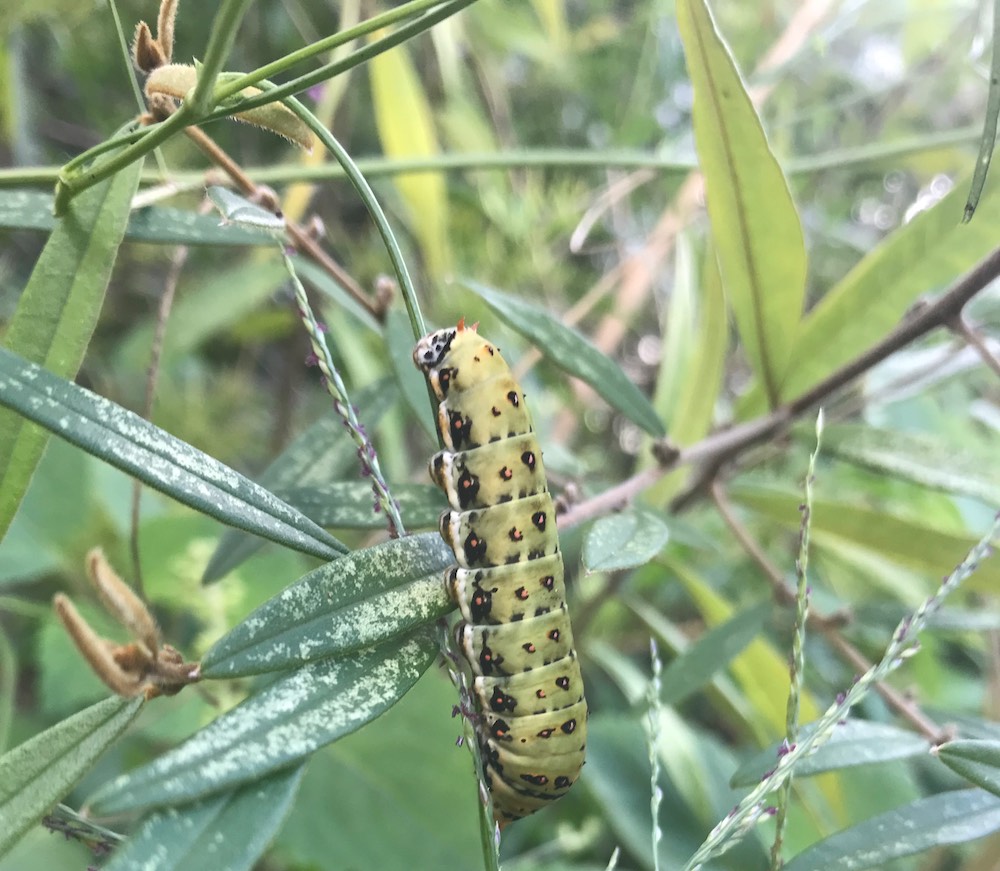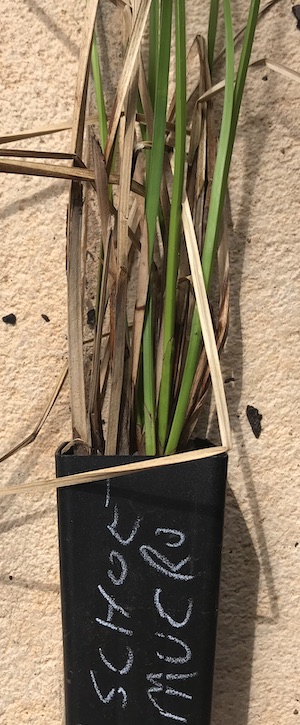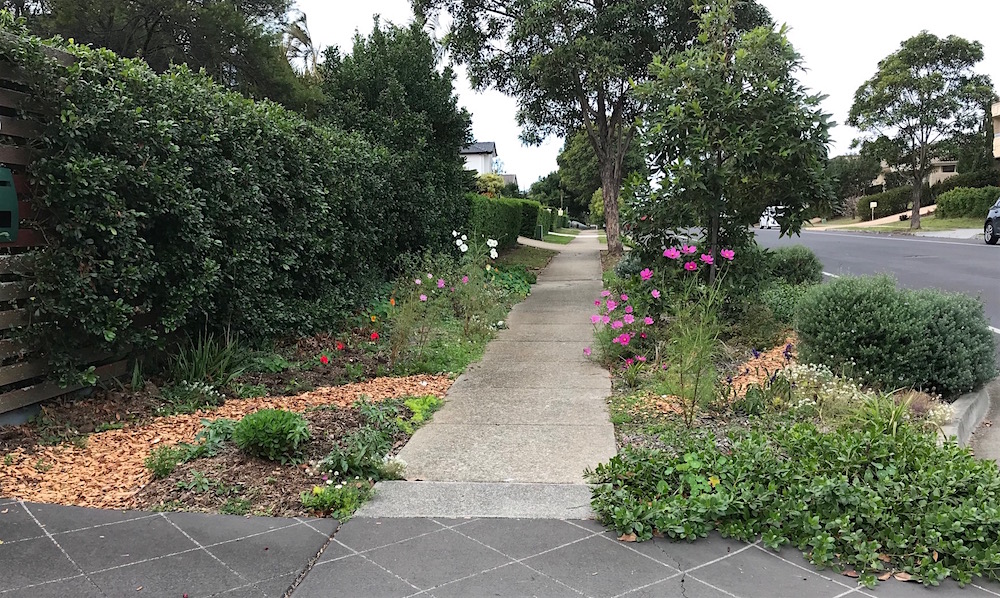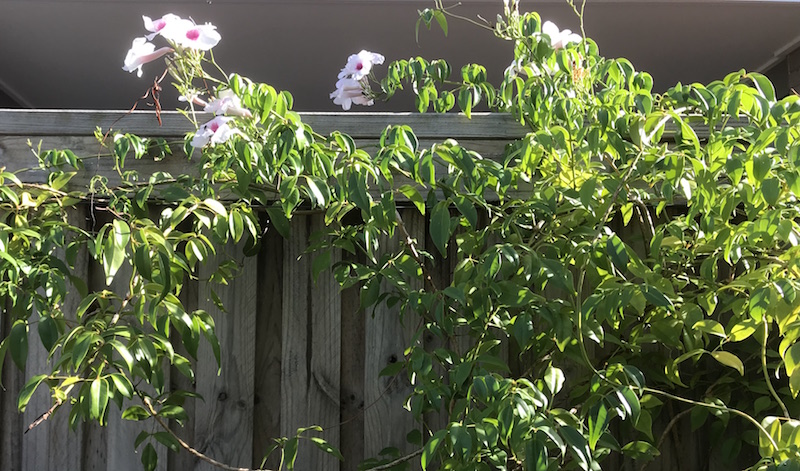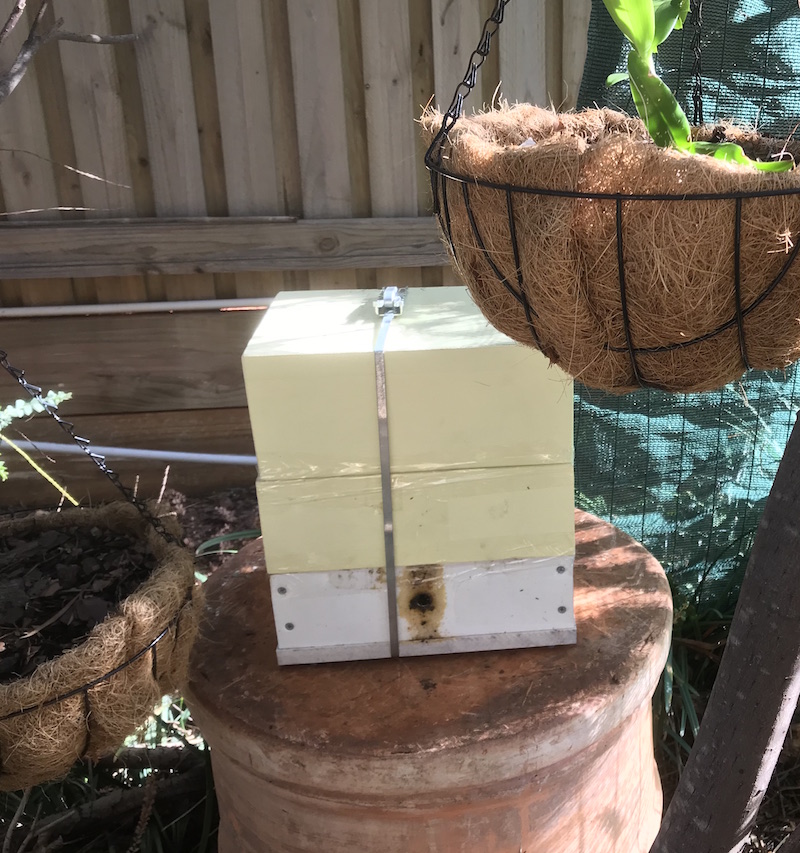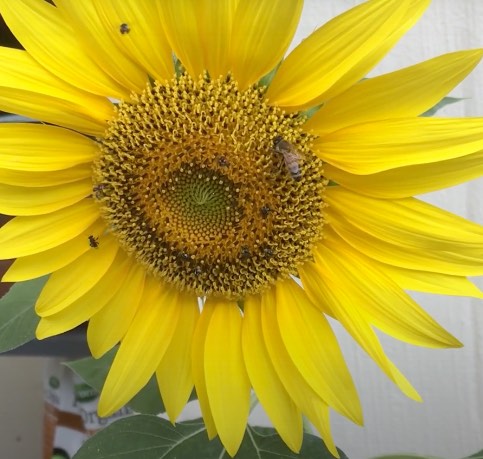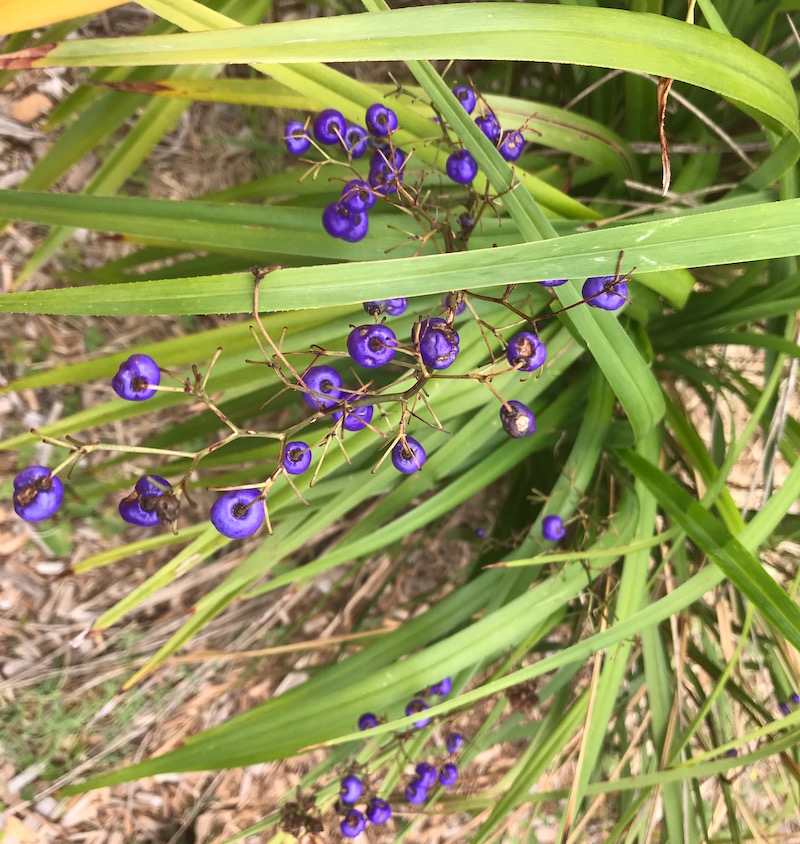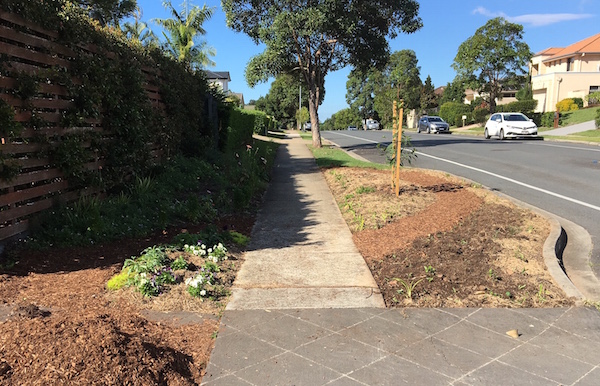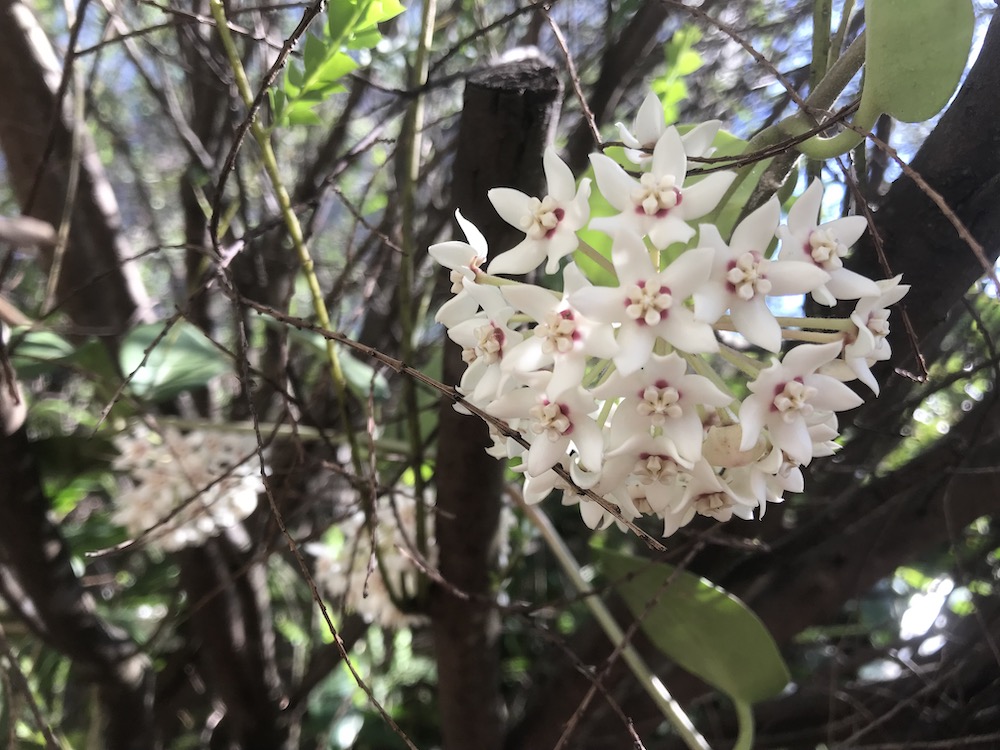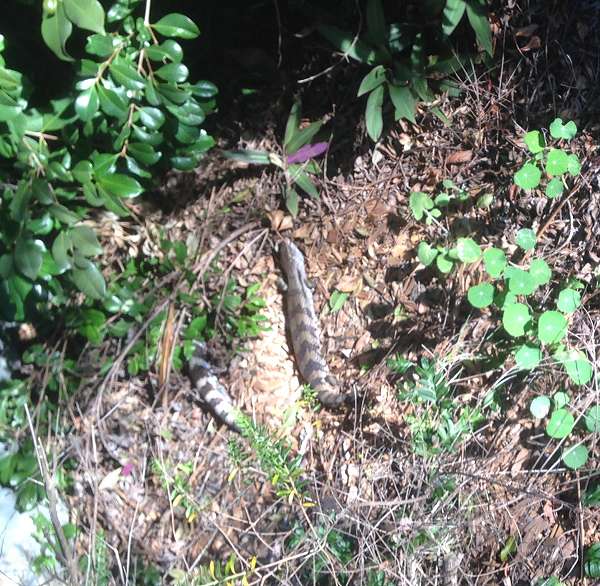Internal garden pics July 2024
Verge 3/7/2024 Pathway inside front fence – shaded all year round. Lilly pilly hedge inherited from previous owner now small trees to allow sightlines through. Lomandra and dianella on left, Plectranthus argentatus further down, bird baths and Crinum pedunculatum at end. Front bed – Acacia fimbriata (dead one still standing as a favourite perch for […]
Internal garden pics July 2024 Read More »
